Belgrade makes an enduring impression on all who visit it, since it is a curious combination of glamour and tradition, of new buildings emerging every day and the old ones, with dilapidated facades standing still in defiance of time.
When visiting Belgrade, one cannot help but marvel at the incredible beauty of the old Belgrade fortress Kalemegdan or at the imposing magnificence of the Cathedral of Saint Sava (Hram Svetog Save).
What delights visitors most is strolling around the city centre, especially down Knez Mihailova Street or along Ada Ciganlija – an exquisite natural resort and great island which always tempts sightseers to either take part in some activity or just enjoy the relaxing atmosphere.
However, few visitors can fail to be charmed by a cozy and appealing short street near the city center – Skadarska Street (Skadarlija, Skadarlia).

Skadarska Street is famous for its bohemian history and friendly ambience, endeavoring to preserve the tradition of former times. Many legendary Serbian artists, poets, writers, actors, actresses and musicians dwelled there and frequented the location.
It is cobble stoned and full of restaurants which offer the most delicious local food, good wine, Serbian music and above all, hospitality towards visitors.
Some of the most famous restaurants are Tri Šešira (Tri Hats), Dva Jelena (Two Deer), Ima dana (There are days), Putujući glumac, (Travelling Actor) and many others.
Sightseers usually enjoy the late afternoon there, having a tasty meal, buying souvenirs at the stalls or looking around the art galleries.
This bohemian quarter, similar to Parisian Montmartre, boasts a quite interesting history. It was firstly called Gypsy Quarter since gypsies resided there from 1830 to 1872, when it was named Skadarska Street after the town of Skadar.
Gradually, the area was settled by clerks, craftsmen, workers and their families and they started to build their houses there and thus the area was steadily obtaining a town atmosphere.
It is said that there were several greengrocer’s and craftsmen shops, as well as a hat factory and a representative brewery at the very end of the street.
 At the beginning of XX century, Belgrade possessed over three hundred restaurants, or so-called kafanas, dozens of which were located in Skadarska Street.
At the beginning of XX century, Belgrade possessed over three hundred restaurants, or so-called kafanas, dozens of which were located in Skadarska Street.
On account of its vicinity to the National Theatre, this narrow charismatic street became bohemian quarter because many actors, writers and journalists gathered there to dine, relax and enjoy the more and more inspiring atmosphere. However, the most famous restaurant of all was Dardaneli at that time, which was situated on the spot of the National Museum.
It was the meeting place for poor artists and intellectuals until 1901, when it was demolished. The bohemians started going about a hundred meters down the street and spending time in other kafanas in Skadarska, thus spreading bohemian spirit all over the place. Many anecdotes and amusing stories originate from that time and have been retold ever since.
 Many writers noted down their thoughts there, inspired by the captivating appeal of the street, by the long talks with their friends and artists or simply by the wine which hides the deepest truths.
Many writers noted down their thoughts there, inspired by the captivating appeal of the street, by the long talks with their friends and artists or simply by the wine which hides the deepest truths.
A lot of prominent intellectuals and well-known writers and artists lived in and spent time in Skadarska Street (Skadarlija, Skadarlia), like Borisav Stanković, Jovan Jovanović Zmaj, Janko Veselinović, Milovan Glišić, Sima Matavulj, Radoje Domanović, Žanka Stokić, Vojislav Ilić, Đura Jakšić, Stevan Sremac, Branislav Nušić, Ivan Meštrović, Pjer Križanić, Aleksa Šantić, Svetozar Ćorović, Nadežda Petrović and many other eminent Serbian citizens.
Today Skadarska Street continues to impress visitors with its modesty, shyness and well-preserved traditional atmosphere. Basically the same as in former times, Skadarska is a picturesque alley crammed with restaurants and people, who like to come with their families there and enjoy the delicious national cuisine or just walk down the thrilling street.
On the whole, for everyone who wants to escape from the pressures of modern life for a while, Scadarska Street is well worth a visit and the following quotation by Zuko Džumhur describes it, perhaps, the best:
“My name is Skadarlija…or Skadarska street, however you like it. I am no boulevard…or avenue…or highway. I am a common steep curved alley in the middle of Belgrade. And that would be everything meaningful to be told about me if it wouldn’t be for my bohemian history, my crumbling roofs, my shaking chairs…”
Recommendation
-
Our recommendation


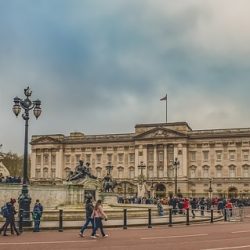
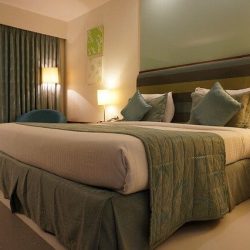
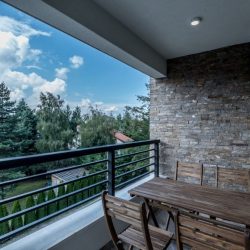

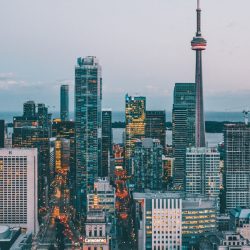


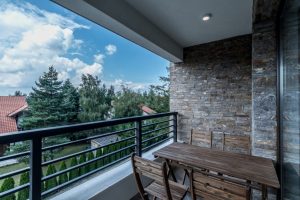






Add Comment